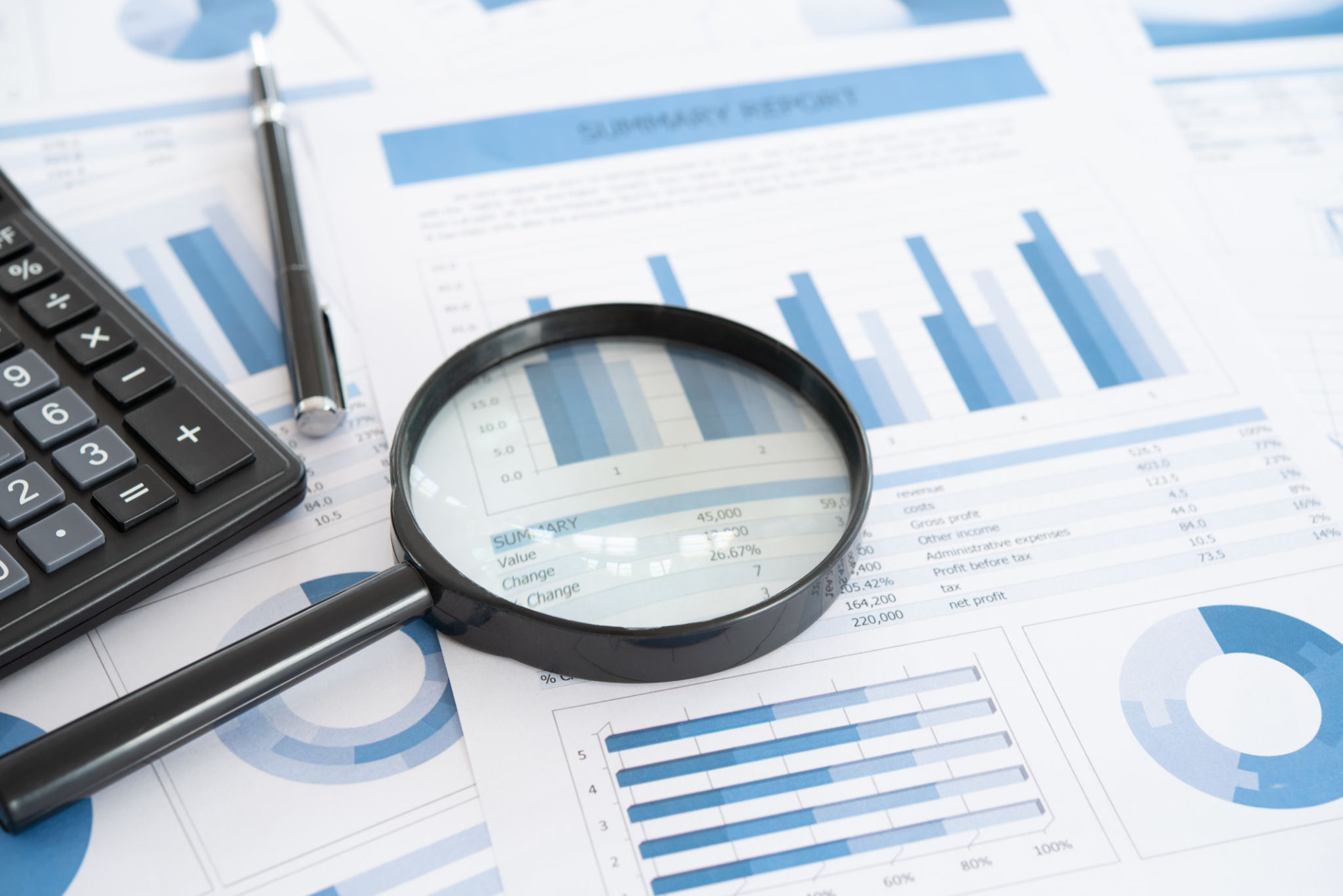The Ultimate Guide to Writing a Successful Grant Proposal
Understanding the Basics of Grant Proposals
Writing a successful grant proposal is an essential skill for securing funding for projects and initiatives. Before diving into the writing process, it's important to understand what a grant proposal is. Essentially, it's a formal request for financial support from an organization, foundation, or government entity. A well-crafted proposal not only outlines your project's objectives but also demonstrates its significance and feasibility.

Researching Potential Funding Sources
The first step in writing a grant proposal is identifying potential funding sources. Research foundations, government agencies, and organizations that align with your project's goals. Look for funders who have previously supported projects similar to yours. This increases the likelihood of your proposal being considered.
Once you have a list of potential funders, review their guidelines and requirements. Each funder will have specific criteria for submission, and it's crucial to tailor your proposal to meet these expectations. Missing a key requirement could result in your proposal being disregarded.
Structuring Your Proposal
A well-structured grant proposal typically includes several key components:
- Cover Letter: A brief introduction to your organization and project.
- Executive Summary: A concise overview of your proposal.
- Statement of Need: Explain the problem your project addresses.
- Project Description: Detailed plans and objectives.
- Budget: A detailed financial plan.
- Conclusion: Sum up your request and express gratitude.

Crafting a Compelling Narrative
Your proposal needs to tell a compelling story. Engage the reader by clearly articulating the problem and demonstrating how your project offers a viable solution. Use data and evidence to support your claims, and make sure to highlight the unique aspects of your project that set it apart from others.
The narrative should be both informative and persuasive, capturing the funder's interest while providing all necessary information. Remember to maintain a formal yet engaging tone throughout the document.
Creating a Detailed Budget
The budget section of your proposal is critical. It should provide a clear and detailed outline of how the funds will be used. Include all relevant expenses such as personnel, materials, and overhead costs. Be transparent about all financial aspects to avoid any potential misunderstandings.
Additionally, consider including a budget narrative that explains each line item in detail. This helps funders understand the necessity of each expense and how it contributes to the overall success of the project.

Proofreading and Submitting Your Proposal
Before submitting your grant proposal, take the time to thoroughly proofread it. Check for grammatical errors, ensure clarity, and verify that all required elements are included. It can be helpful to have colleagues review the document as well, offering fresh perspectives that might catch errors you missed.
Once you're confident in the quality of your proposal, submit it according to the funder's guidelines. Pay close attention to submission deadlines and required formats, as these vary between different funding sources.
Following Up After Submission
After submission, it's important to follow up with the funder if you haven't heard back within their specified time frame. A polite inquiry about the status of your proposal demonstrates your continued interest and professionalism.
If your proposal is not funded, don't be discouraged. Request feedback to improve future proposals and continue seeking other funding opportunities. Persistence is key in securing grant funding.